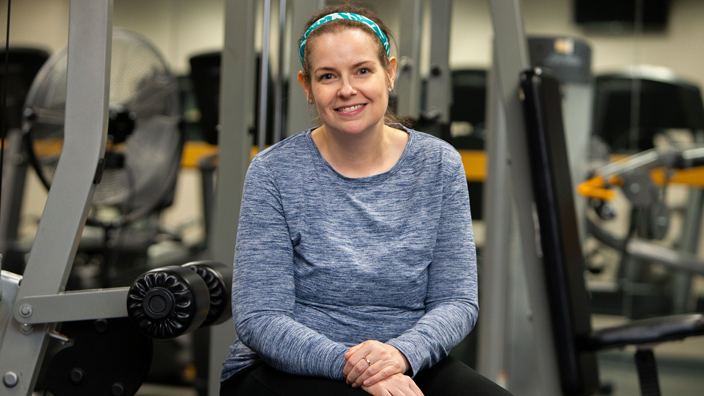The USPS Benefits and Wellness team wants employees to know the importance of heart health, including the difference between a cardiac arrest and a heart attack.
Cardiac arrest occurs when the heart suddenly and unexpectedly stops pumping.
If this happens, blood stops flowing to the brain and other vital organs. Cardiac arrests are caused by certain types of arrhythmias that prevent the heart from pumping blood.
Signs of a cardiac arrest may include gasping for air or not breathing, not having a pulse, collapsing suddenly and not responding to shouting or shaking.
A heart attack occurs when a part of the heart muscle does not get enough blood.
Coronary artery disease, which is caused by plaque buildup in the walls of the arteries that supply blood to the heart, is the main cause of a heart attack.
Signs of a heart attack include chest pain or discomfort; feeling weak, lightheaded or faint; pain or discomfort in the jaw, neck or back; pain or discomfort in one or both arms or shoulders; and shortness of breath.
In women, heart attack symptoms may also include indigestion, heartburn, nausea, vomiting, extreme fatigue and dizziness.
If you or someone you know experiences signs or symptoms of cardiac arrest or heart attack, call 911 immediately.


